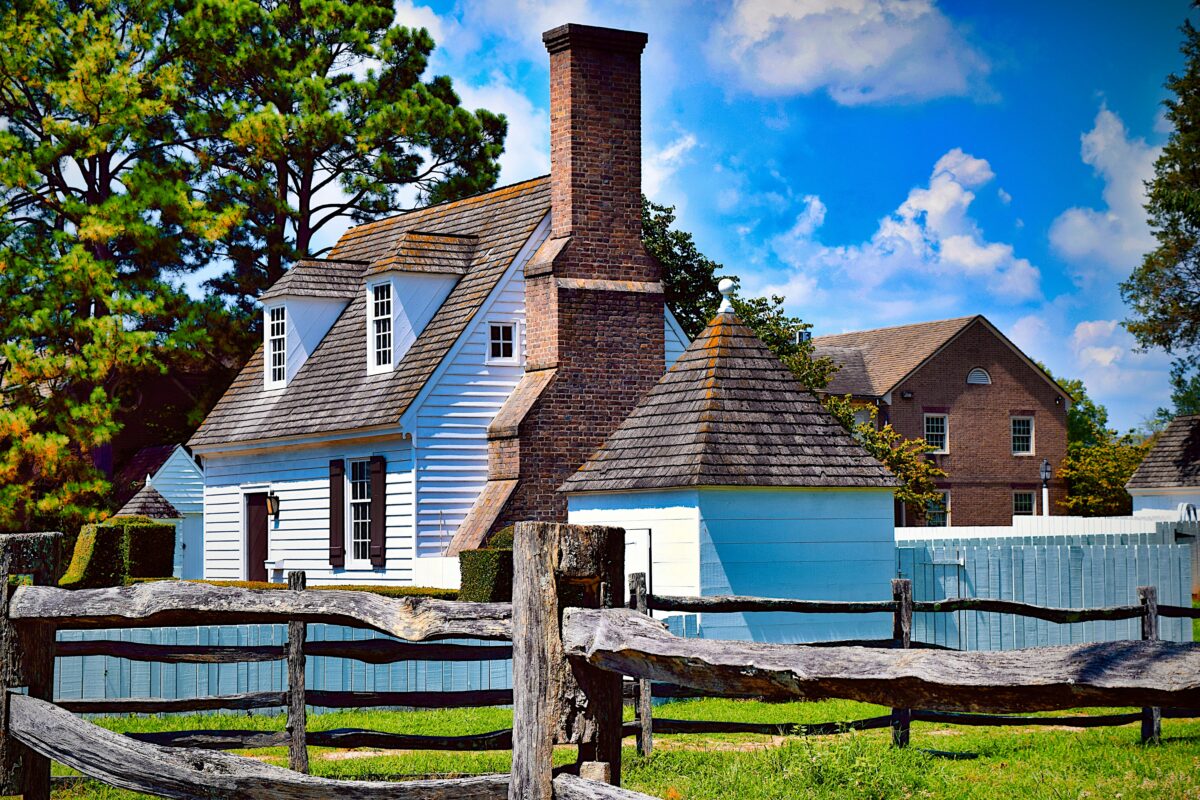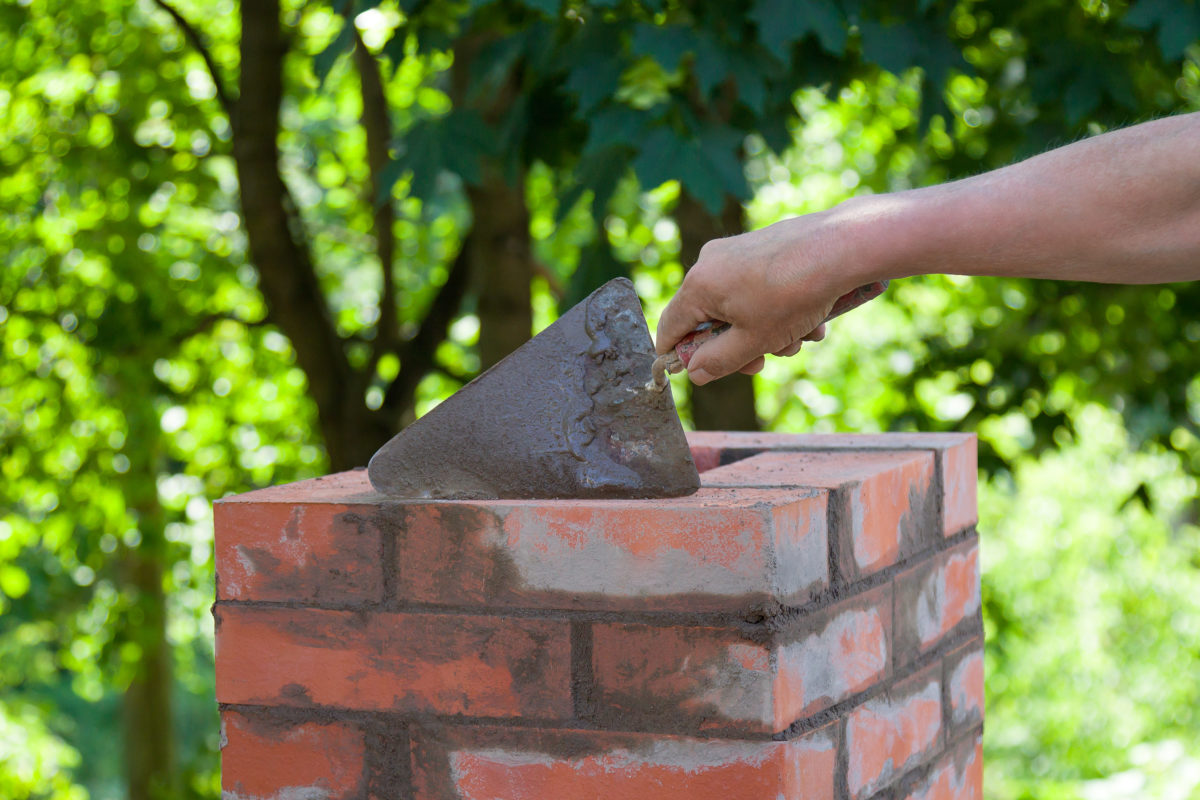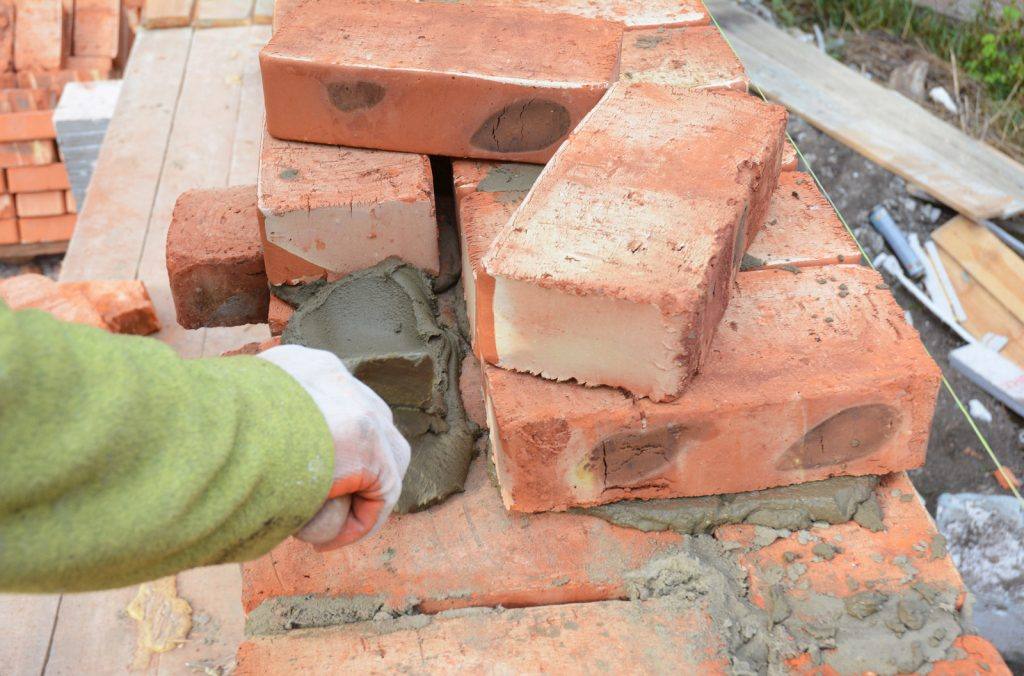At first glance, a few cracks between the bricks of your chimney might not seem like a big deal. But those small gaps in the mortar can quickly turn into major structural problems which could lead to water leaks, crumbling brickwork, and costly repairs if left unaddressed.
That’s where chimney repointing comes in.
Repointing is the process of replacing damaged or deteriorating mortar joints to restore your chimney’s strength and stability. It’s one of the most effective ways to extend the life of your chimney and protect your home from moisture, structural issues, and even fire risks. But there’s more to chimney repointing that we’ll explain in this post. Including, what chimney repointing involves, how to recognize when your mortar joints are failing, and why delaying repairs can lead to far bigger headaches down the road.
What Is Chimney Repointing?
Chimney repointing is the process of removing old, damaged, or deteriorated mortar from the joints between your chimney bricks and replacing it with fresh, structurally sound mortar. Over time, mortar wears down due to exposure to weather, moisture, and temperature fluctuations. Especially in older Bay Area homes where chimneys may have gone decades without maintenance.
While the bricks themselves often remain strong, the mortar is designed to be softer so it can absorb movement and environmental stress. Unfortunately, that also makes it the first part of your chimney to break down. When the mortar fails, the structural integrity of your chimney is compromised and that’s when repointing becomes essential.
Repointing doesn’t just improve the look of your chimney; it reinforces the entire structure, prevents water from seeping in, and helps your chimney function as it should. It’s a precision process that must be done correctly using the right type of mortar to match the original material.
How to Spot Mortar Joint Deterioration
Catching mortar problems early is the key to avoiding major repairs, but not all damage is immediately obvious. Fortunately, there are several warning signs you can look for that suggest chimney repointing may be needed.
Common signs of deteriorating mortar joints include:
- Cracks or Gaps Between Bricks: Visible separation between the bricks, even small hairline cracks, may indicate the mortar is failing.
- Loose or Missing Mortar: If you can flake or crumble mortar with your fingers, it’s breaking down and needs attention.
- Mortar Dust or Debris: Small piles of sandy debris around the base of your chimney are a sign that mortar is eroding.
- Leaning or Shifting Bricks: Misaligned or bulging bricks may mean the underlying mortar has lost its structural grip.
- Water Stains Inside the Home: Moisture seepage near the chimney on ceilings or walls could be coming through compromised mortar joints.
- Vegetation or Moss Growth: Plant life growing in the mortar is a red flag—moisture has penetrated the structure.
If you see any of these signs, or if your chimney hasn’t been inspected in several years, it’s time to schedule a professional chimney evaluation. A trained expert can assess the condition of your mortar and recommend repointing before further damage occurs.
The Chimney Repointing Process (What to Expect)
Knowing how chimney repointing works can help homeowners feel more confident about moving forward with repairs. When done by a qualified professional, repointing is a precise and effective process that restores both the strength and appearance of your chimney.
Here’s a Step-by-Step Overview of the Process:
- Inspection and Assessment
First, we will thoroughly inspect your chimney to identify damaged mortar, assess the extent of deterioration, and determine if repointing is the best solution. - Removal of Damaged Mortar
Using specialized tools, our technician carefully removes the deteriorated mortar from between the bricks, typically to a uniform depth of about ¾ inch, without damaging the surrounding masonry. - Mixing and Matching New Mortar
The replacement mortar is blended to match the original in both composition and color as closely as possible. This ensures the repair is structurally sound and visually consistent with the rest of the chimney. - Application of New Mortar
The fresh mortar is tightly packed into the joints, restoring the bond between bricks and sealing out moisture. Precision is key here to ensure a watertight, long-lasting result. - Finishing and Clean-Up
Once cured, the repointed joints are cleaned and shaped for a uniform appearance. The work area is cleared of all debris, leaving your chimney looking and functioning like new.
How Long Does It Take?
Most standard repointing jobs are completed in one to two days, depending on the size and condition of the chimney. Minimal disruption to your home is expected, especially when handled by an experienced team.
Chimney repointing is a cost-effective way to protect your home from water intrusion, preserve your chimney’s structural integrity, and improve its visual appeal, all without the need for full reconstruction.
Don’t Wait on Chimney Repointing; Protect Your Home Today
The bottom line is that cracked mortar joints are more than just a cosmetic issue; they’re a sign that your chimney’s structural integrity may be at risk. Delaying chimney repointing can lead to serious problems, from water damage and brick failure to costly chimney rebuilds. The good news? When caught early, repointing is a highly effective and affordable way to extend the life of your chimney and maintain the safety of your fireplace system.
At The Irish Sweep, we specialize in identifying and repairing mortar joint damage with care, precision, and expert craftsmanship. Whether you’ve noticed visible cracks or it’s just been a while since your last chimney inspection, now is the time to act.
Contact us today at 510-521-4088 or email us to schedule a chimney evaluation or repointing consultation. Your chimney deserves professional attention before small problems become major repairs.




